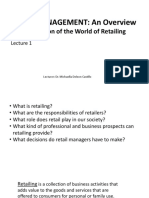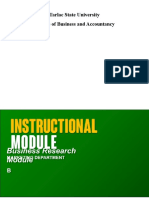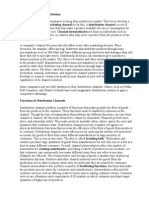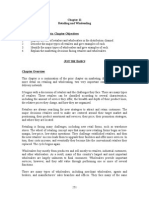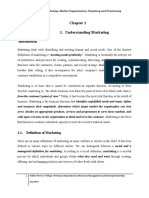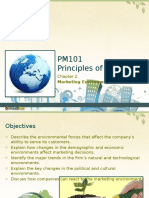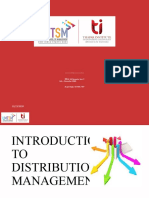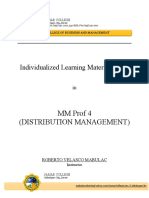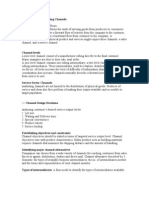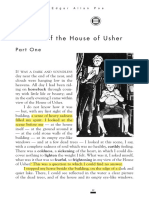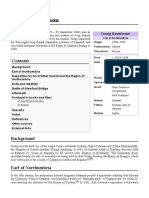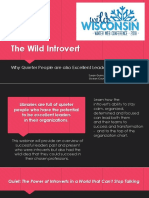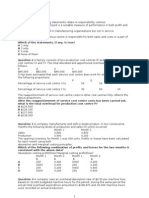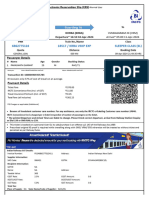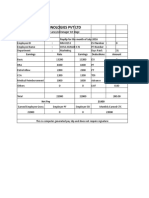100% found this document useful (3 votes)
666 views47 pagesMKTG 3105 - Module 1 Introduction To Retail Management
The document provides an overview of retail management. It begins by stating the learning objectives, which include understanding the meaning and scope of retailing, the functions of retailers, and the retailer's role in the supply chain. It then discusses key topics such as the definition of retailing, the value added by retailers through services like providing product assortments, sorting products, and breaking bulk. The document emphasizes that retailers are crucial players that facilitate the transfer of goods from manufacturers to consumers.
Uploaded by
Kiara Marie P. LAGUDACopyright
© © All Rights Reserved
We take content rights seriously. If you suspect this is your content, claim it here.
Available Formats
Download as PDF, TXT or read online on Scribd
100% found this document useful (3 votes)
666 views47 pagesMKTG 3105 - Module 1 Introduction To Retail Management
The document provides an overview of retail management. It begins by stating the learning objectives, which include understanding the meaning and scope of retailing, the functions of retailers, and the retailer's role in the supply chain. It then discusses key topics such as the definition of retailing, the value added by retailers through services like providing product assortments, sorting products, and breaking bulk. The document emphasizes that retailers are crucial players that facilitate the transfer of goods from manufacturers to consumers.
Uploaded by
Kiara Marie P. LAGUDACopyright
© © All Rights Reserved
We take content rights seriously. If you suspect this is your content, claim it here.
Available Formats
Download as PDF, TXT or read online on Scribd
/ 47


